Home>Garden Essentials>How To Plant Sweet Peas From Seeds
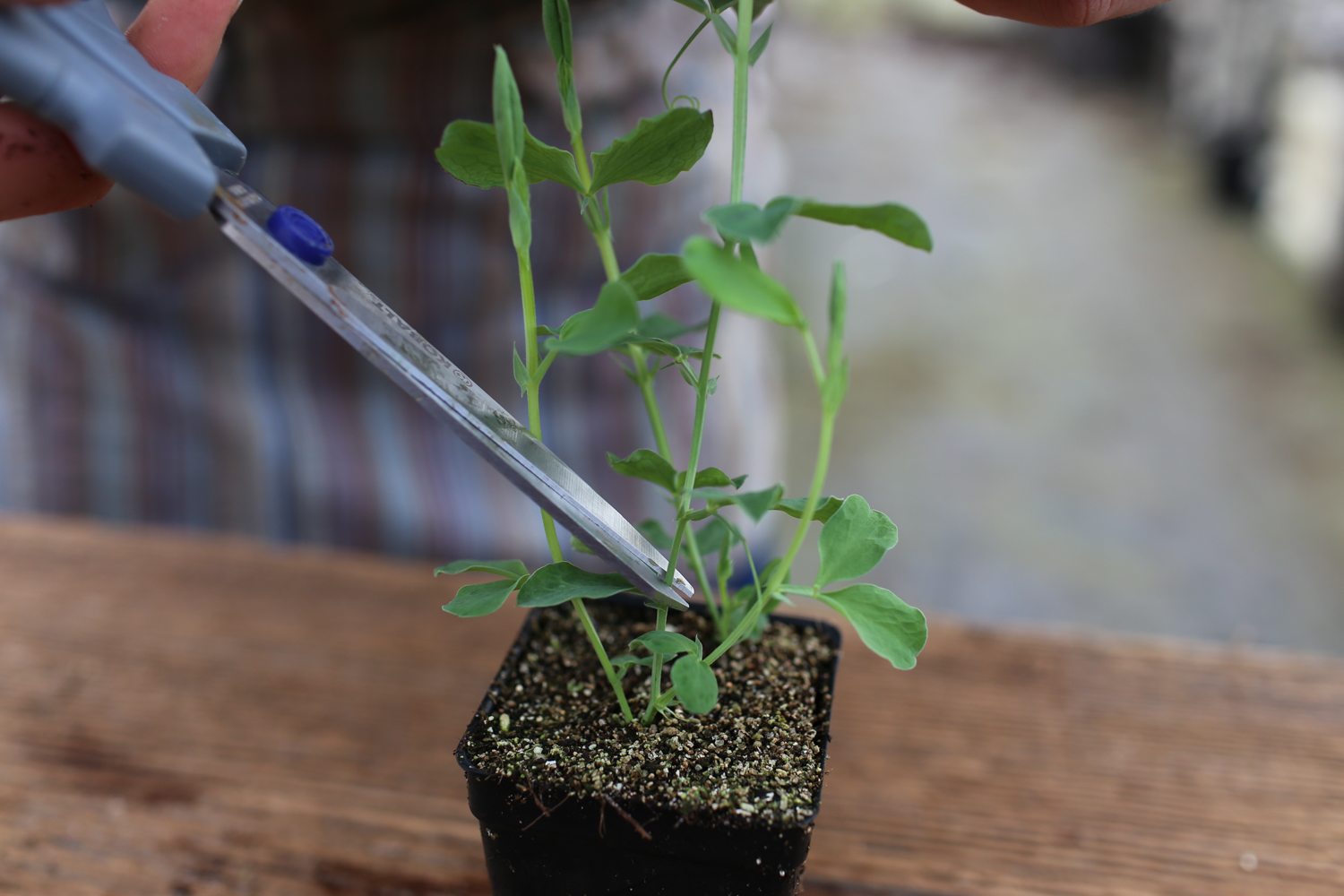

Garden Essentials
How To Plant Sweet Peas From Seeds
Modified: August 16, 2024
Learn how to plant sweet peas from seeds in your garden and enjoy beautiful blooms all season long. Step-by-step guide for successful sweet pea cultivation.
(Many of the links in this article redirect to a specific reviewed product. Your purchase of these products through affiliate links helps to generate commission for Storables.com, at no extra cost. Learn more)
Introduction
Welcome to the wonderful world of sweet peas! Growing these fragrant and colorful flowers from seeds can be a rewarding and fulfilling experience. Sweet peas, scientifically known as Lathyrus odoratus, are the quintessential cottage garden flower, renowned for their delicate beauty and enchanting fragrance. With their vibrant hues and captivating scent, sweet peas are sure to add a pop of color and a touch of elegance to any garden.
Planting sweet peas from seeds allows you to witness the entire growth process, from the first emergence of seedlings to the cascading blooms that grace trellises and fences. By following a few simple steps, you can successfully grow these delightful flowers and create a stunning display in your own backyard.
In this article, we will guide you through the process of planting sweet peas from seeds, providing you with essential tips and techniques to ensure a flourishing garden. So, roll up your sleeves, grab your gardening tools, and let’s get started!
Key Takeaways:
- Planting sweet peas from seeds is a delightful journey that requires gathering supplies, preparing the soil, and providing support, watering, and care. Harvesting at the right time ensures continuous blooming and enjoyment of their beauty and fragrance.
- Sweet peas bring vibrant colors and enchanting fragrance to any garden. By following simple steps like soaking seeds, providing support, and harvesting at the peak, you can create a stunning display and revel in their intoxicating aroma.
Read more: When To Plant Sweet Peas Seeds
Step 1: Gathering Supplies
Before embarking on your sweet pea planting journey, it’s important to gather all the necessary supplies. Here’s a list of items you’ll need:
- Sweet pea seeds: Select high-quality sweet pea seeds from a reputable supplier. There are numerous varieties available, each with unique colors and fragrances. Choose the ones that best suit your preferences and garden design.
- Garden soil: Sweet peas prefer well-draining, rich soil. Prepare the soil by removing any weeds or debris and ensuring it is loose and crumbly.
- Compost or organic matter: Enrich the soil with compost or organic matter to improve its fertility and moisture-retaining capabilities.
- Garden tools: Have essential garden tools such as a trowel, rake, watering can or hose, and a trellis or support structure ready for use.
- Plant markers: Labeling your sweet pea plants can be helpful for identification, especially if you’re growing multiple varieties.
Once you have gathered all the necessary supplies, you’re ready to move on to the next step: preparing the soil.
Step 2: Preparing the Soil
The quality of your soil plays a crucial role in the success of your sweet pea plants. Taking the time to prepare the soil properly will provide a nutrient-rich environment for the seeds to germinate and grow. Here’s how to prepare your soil:
- Clear the area: Remove any weeds, rocks, or debris from the planting area. Sweet peas prefer a clean and well-maintained space.
- Loosen the soil: Use a garden rake or a fork to loosen the soil. This will improve the soil’s structure, allowing for better drainage and root penetration.
- Amend the soil: If your soil is heavy or lacking in nutrients, add compost or organic matter. This will enhance its fertility and improve water retention.
- Test the soil: Consider conducting a soil test to determine its pH level. Sweet peas prefer slightly acidic to neutral soil, with a pH range of 6.0 to 7.0. If necessary, amend the soil with lime or sulfur to adjust the pH.
Once you have prepared the soil, it’s time to move on to the exciting part—planting the sweet pea seeds. But before jumping into it, make sure to water the soil lightly to provide a moist environment for the seeds to germinate.
Step 3: Planting the Seeds
Now that you’ve prepared the soil, it’s time to plant your sweet pea seeds. Follow these steps for successful planting:
- Soaking the seeds: Soaking sweet pea seeds in water for 24 hours before planting can help speed up germination. This softens the hard outer shell, allowing water to penetrate and kickstart the germination process.
- Creating furrows: Use a trowel or your finger to create furrows, or shallow trenches, in the soil. Space the furrows about 6 inches apart to give your sweet peas enough room to grow.
- Planting the seeds: Place the soaked seeds in the furrows, spacing them about 1 inch apart. Gently cover the seeds with soil, ensuring they are about 1 to 2 inches deep. Pat down the soil lightly to secure the seeds in place.
- Watering: After planting, water the soil thoroughly but gently. Avoid creating puddles or waterlogged conditions, as this can lead to rotting. Keep the soil consistently moist throughout the germination and growth stages.
Remember to label the rows or furrows with plant markers to keep track of the different sweet pea varieties you’ve planted. Now, it’s time for a little patience. Sweet pea seeds typically germinate within 10 to 14 days, but it can vary depending on the growing conditions.
Once your sweet pea seeds have sprouted, it’s important to provide them with proper care and support as they grow. In the next step, we’ll explore watering and care tips for your sweet pea plants.
Plant sweet pea seeds in early spring in well-draining soil with full sun. Soak seeds overnight before planting to help with germination. Provide support for the vines to climb as they grow.
Step 4: Watering and Care
Proper watering and care are essential for the healthy growth and development of your sweet pea plants. Here are some tips to help you keep your sweet peas happy and thriving:
- Watering frequency: Sweet peas require regular watering, especially during dry spells. Water deeply, ensuring the soil is evenly moist, but avoid overwatering, as it can lead to root rot. Aim to keep the soil consistently damp, but not waterlogged.
- Mulching: Applying a layer of organic mulch, such as straw or wood chips, around your sweet pea plants can help conserve moisture and suppress weed growth. Mulching also helps regulate soil temperature, keeping the roots cool during hot summer days.
- Fertilizing: Sweet peas are heavy feeders and benefit from regular feeding. Use a balanced organic fertilizer once a month to provide essential nutrients for vigorous growth and abundant blooms. Follow the recommended dosage on the fertilizer package to avoid overfeeding.
- Supporting the plants: As your sweet peas grow, they will need support to climb and twine. Install a trellis, fence, or stake system near the plants to provide support. Carefully train the growing vines to climb the support structure, ensuring they don’t become tangled or weighed down.
- Deadheading: To encourage continuous blooming, remove spent flowers by snipping them off at the base. This prevents the plant from diverting energy towards seed production and encourages the growth of new buds.
Regularly monitor your sweet pea plants for any signs of pests or diseases. Common pests that may affect sweet peas include aphids, slugs, and snails. If infestations occur, consider using organic pest control methods or insecticidal soap. Additionally, maintaining good air circulation around the plants by staking them properly can help prevent diseases like powdery mildew.
By providing adequate watering, fertilizing, and care, you’ll ensure healthy, vibrant, and long-lasting sweet pea plants. Next, let’s move on to step 5, where we’ll discuss the importance of providing support for your sweet pea vines.
Read more: When To Plant Butterfly Pea Seeds
Step 5: Providing Support
Sweet pea plants are vigorous climbers, and providing proper support is crucial to prevent them from sprawling and tangling on the ground. Follow these steps to provide the necessary support for your sweet peas:
- Selecting a support system: Choose a support system that suits your garden’s aesthetic and the size of your sweet pea plants. Options include trellises, fences, stakes, or even a combination of these. Ensure that the support structure is sturdy and can withstand the weight of the growing vines.
- Installing the support: Place the support system near the sweet pea plants, ensuring it is firmly anchored in the ground. Position it in such a way that the sweet pea vines can easily climb and twine around the structure as they grow.
- Training the vines: As the sweet pea vines start to grow, gently guide them towards the support structure. Use soft twine or plant ties to secure the vines, allowing them to wrap around the trellis or fence. Avoid tying the vines too tightly to prevent damage.
- Regular maintenance: Regularly check and adjust the plant ties as needed to ensure the vines are adequately supported. Remove any tendrils or side shoots that are not attached to the support structure, as they can become tangled or weigh down the plant.
Providing proper support not only keeps your sweet pea plants organized and upright but also promotes good air circulation, which helps prevent diseases. It also improves the overall appearance of your garden and showcases the beautiful cascading vines and blooming flowers.
Now that your sweet peas are growing tall and climbing their way towards a stunning display, it won’t be long before you can enjoy the rewards of your labor. In the next step, we’ll delve into the exciting process of harvesting sweet peas.
Step 6: Harvesting Sweet Peas
It’s finally time to enjoy the fruits of your labor and harvest your sweet peas. Harvesting sweet peas at the right time ensures optimal flavor, fragrance, and longevity of your blooms. Here’s how to harvest your sweet peas:
- Observing bloom stage: Keep a close eye on your sweet pea plants and wait for the blooms to reach their peak. Look for flowers that have fully opened and are displaying vibrant colors. This indicates that the sweet peas are ready for harvesting.
- Timing the harvest: To prolong the blooming period, it’s best to harvest the sweet peas regularly. Gently pluck the fully bloomed flowers, taking care to avoid damaging the plant. Harvesting every few days will encourage new blooms to replace the harvested ones.
- Harvesting technique: Hold the stem of the flower near the base and pull it gently away from the plant. Alternatively, use a pair of clean, sharp garden scissors or shears to cut the stem just above a set of leaves. This promotes new growth and ensures a clean cut.
- Storing the harvested blooms: Sweet peas have a short vase life, so it’s best to enjoy them fresh. Place the harvested flowers in a clean container of water immediately after cutting. Keep them in a cool, shaded area away from direct sunlight and change the water frequently to prolong their freshness.
Don’t forget to take a moment to revel in the mesmerizing fragrance and beauty of your harvested sweet peas. They can be displayed in vases, added to floral arrangements, or used to create stunning bouquets that bring a touch of elegance and fragrance to your home.
By harvesting your sweet peas regularly and with care, you’ll not only enjoy their delightful scent and visual appeal but also encourage the plants to continue blooming throughout the season.
Congratulations! You’ve successfully completed the six steps of planting and growing sweet peas from seeds. Now, sit back, relax, and revel in the enchanting beauty and intoxicating fragrance of your sweet pea garden.
Remember, gardening is a continuous learning process, and each season presents its unique set of challenges and rewards. Enjoy the journey, experiment with different varieties, and expand your garden repertoire. Happy gardening!
Conclusion
Planting sweet peas from seeds is a delightful and rewarding experience that allows you to witness the entire growth process, from tiny seeds to cascading blooms. By following the steps outlined in this article, you can successfully cultivate these fragrant and colorful flowers in your own garden.
From gathering the necessary supplies to providing support, watering, and care, each step plays a critical role in ensuring the health and vibrancy of your sweet pea plants. Remember to select high-quality seeds, prepare the soil properly, and provide consistent watering and feeding. Additionally, offering sturdy support for the growing vines ensures that they can climb and twine effortlessly.
Harvesting sweet peas at their peak allows you to enjoy their beauty and fragrance while promoting continuous blooming. Regularly plucking the fully blossomed flowers not only provides you with delightful arrangements but also encourages new growth and prolongs the flowering period.
As you indulge in the enchanting beauty and alluring fragrance of your sweet pea garden, take a moment to appreciate the time, effort, and care you’ve invested. Gardening is a continuous learning process, and each season brings new opportunities for growth and discovery.
So, whether you’re a seasoned gardener or a novice enthusiast, don’t be afraid to experiment with different sweet pea varieties and techniques. Embrace the journey, learn from any challenges that arise, and watch your garden flourish with the vibrant and captivating beauty of sweet peas.
Now, go forth and create your own sweet pea haven, filling the air with their intoxicating aroma and adorning your garden with their vibrant blooms. Happy planting!
Frequently Asked Questions about How To Plant Sweet Peas From Seeds
Was this page helpful?
At Storables.com, we guarantee accurate and reliable information. Our content, validated by Expert Board Contributors, is crafted following stringent Editorial Policies. We're committed to providing you with well-researched, expert-backed insights for all your informational needs.
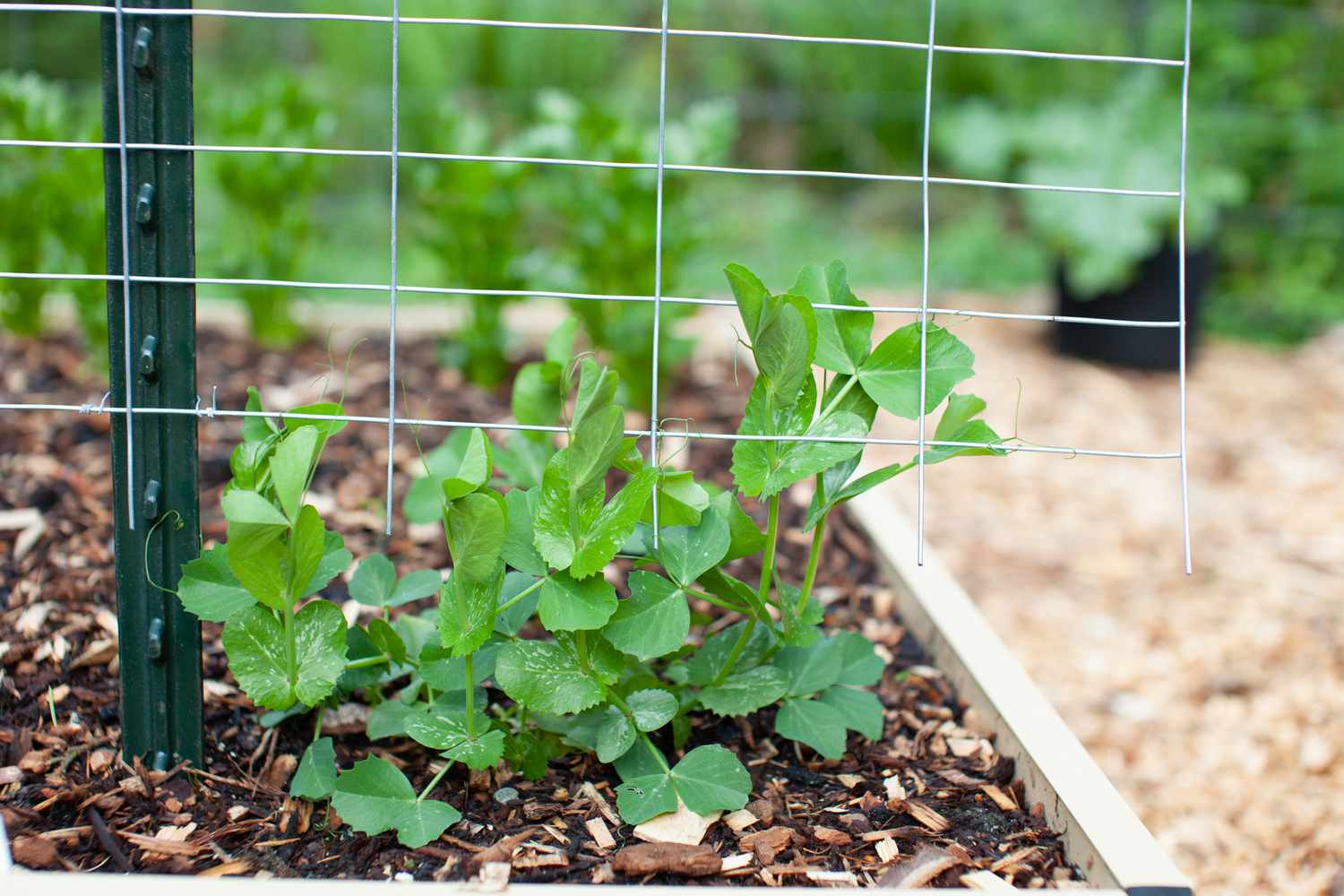
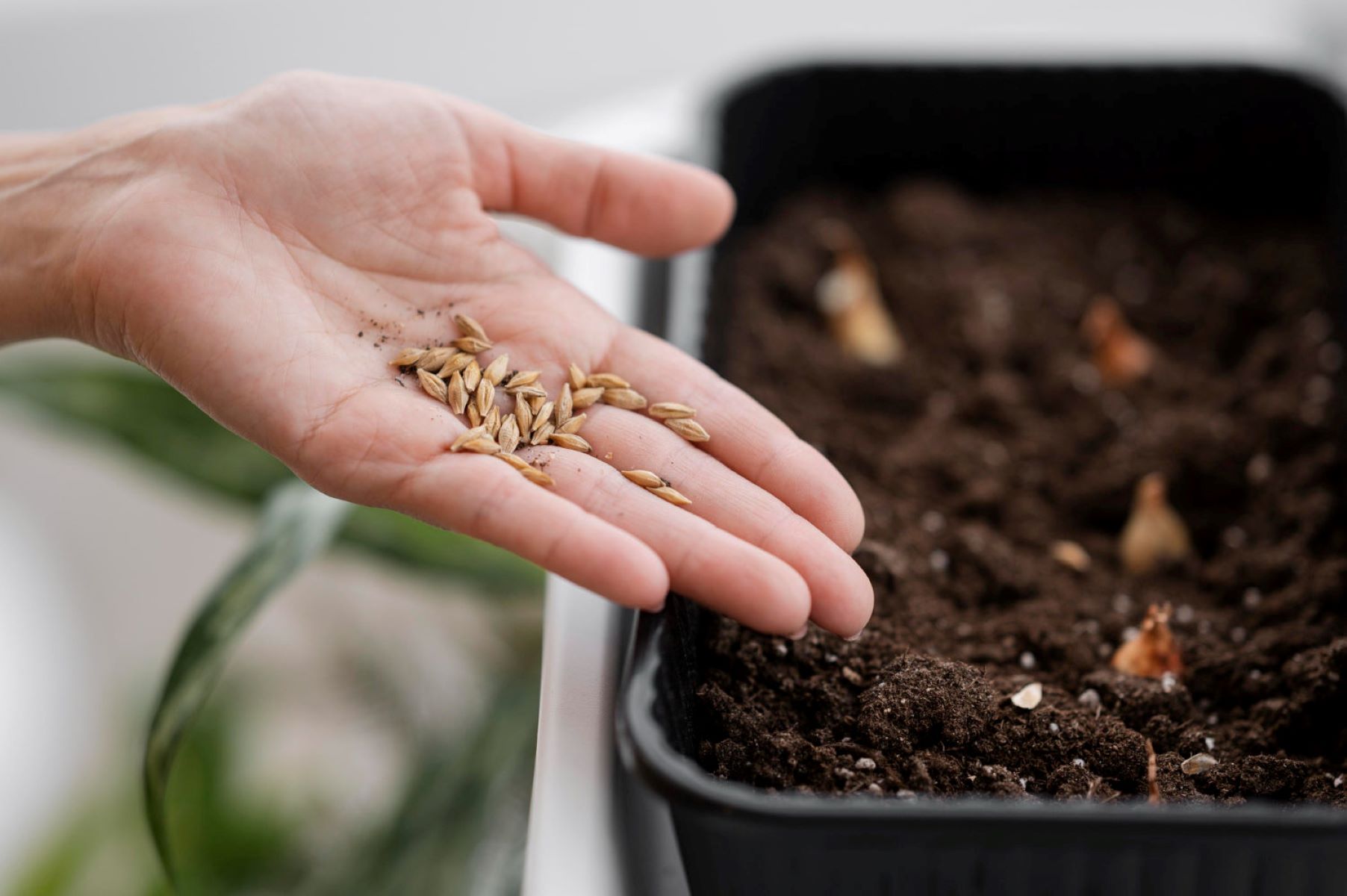
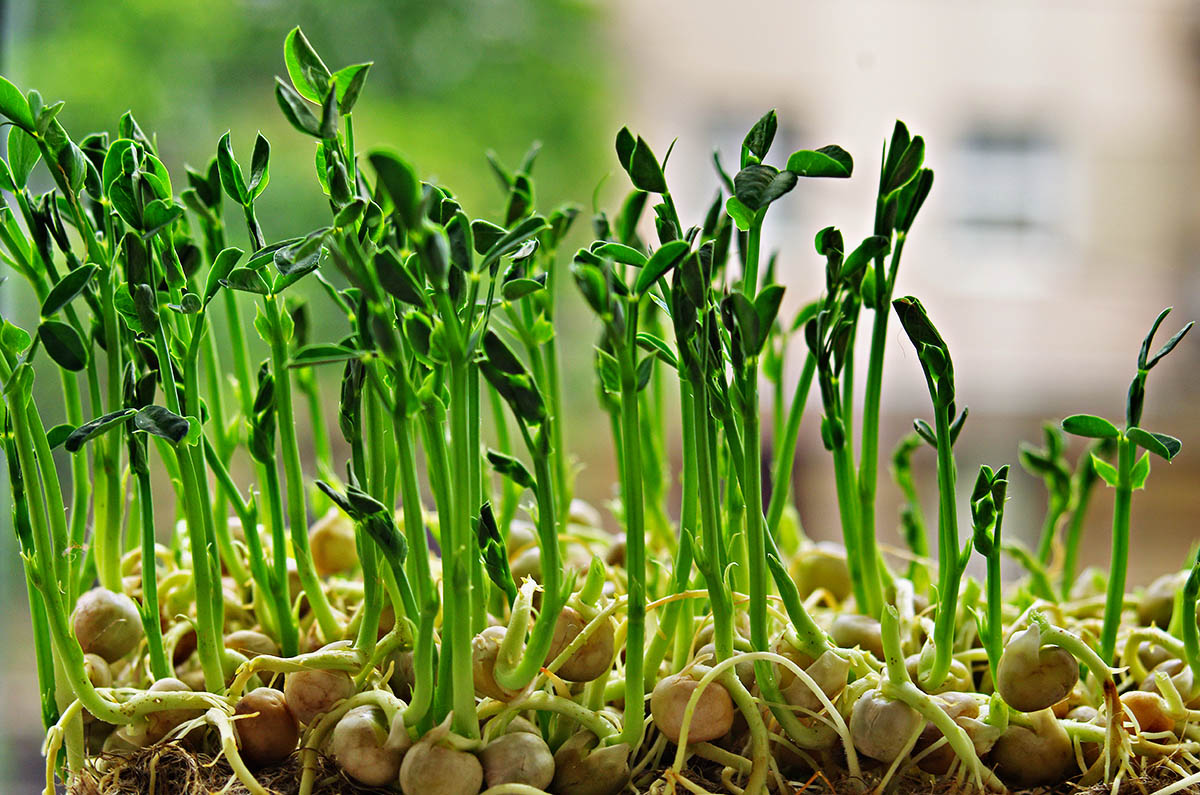
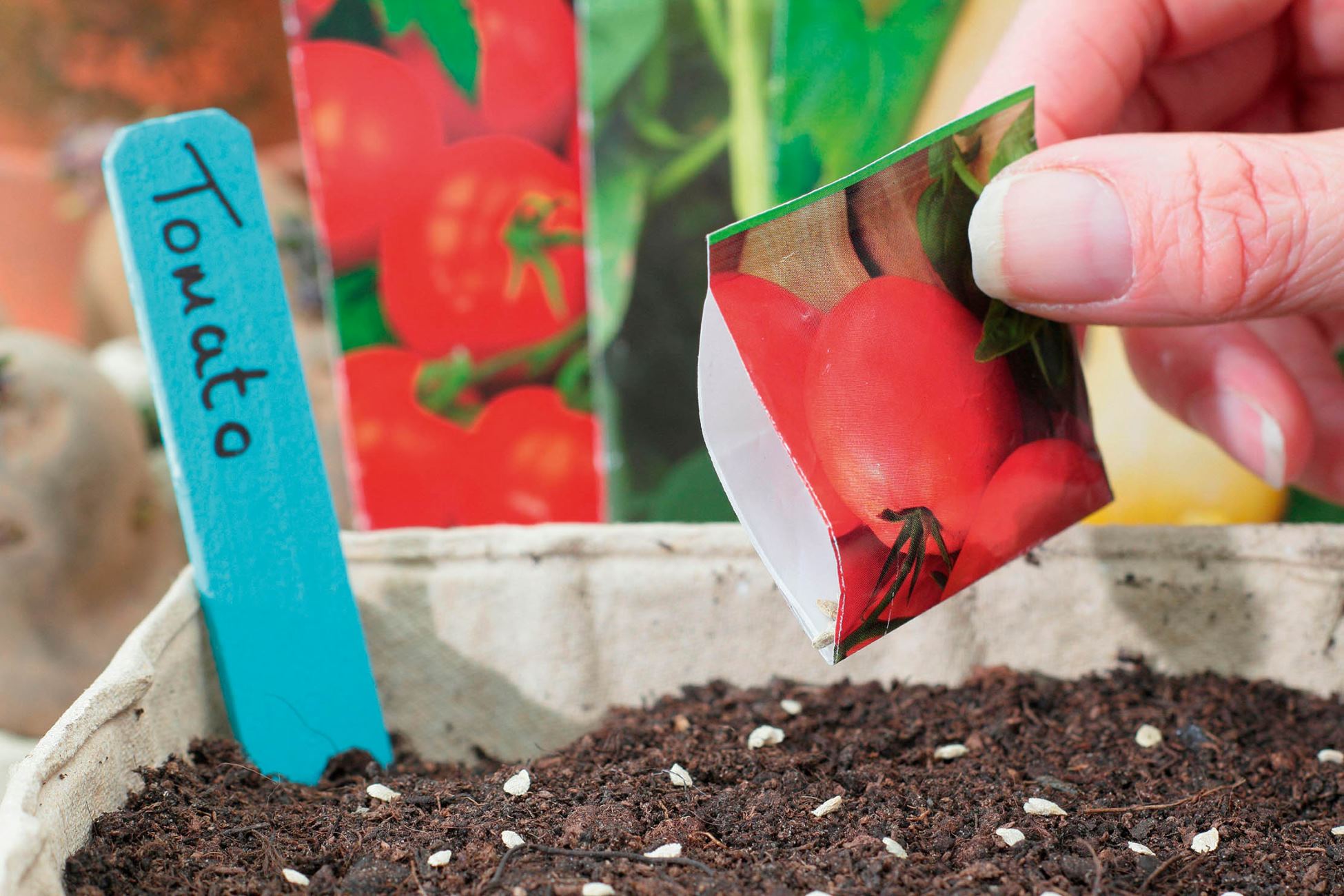
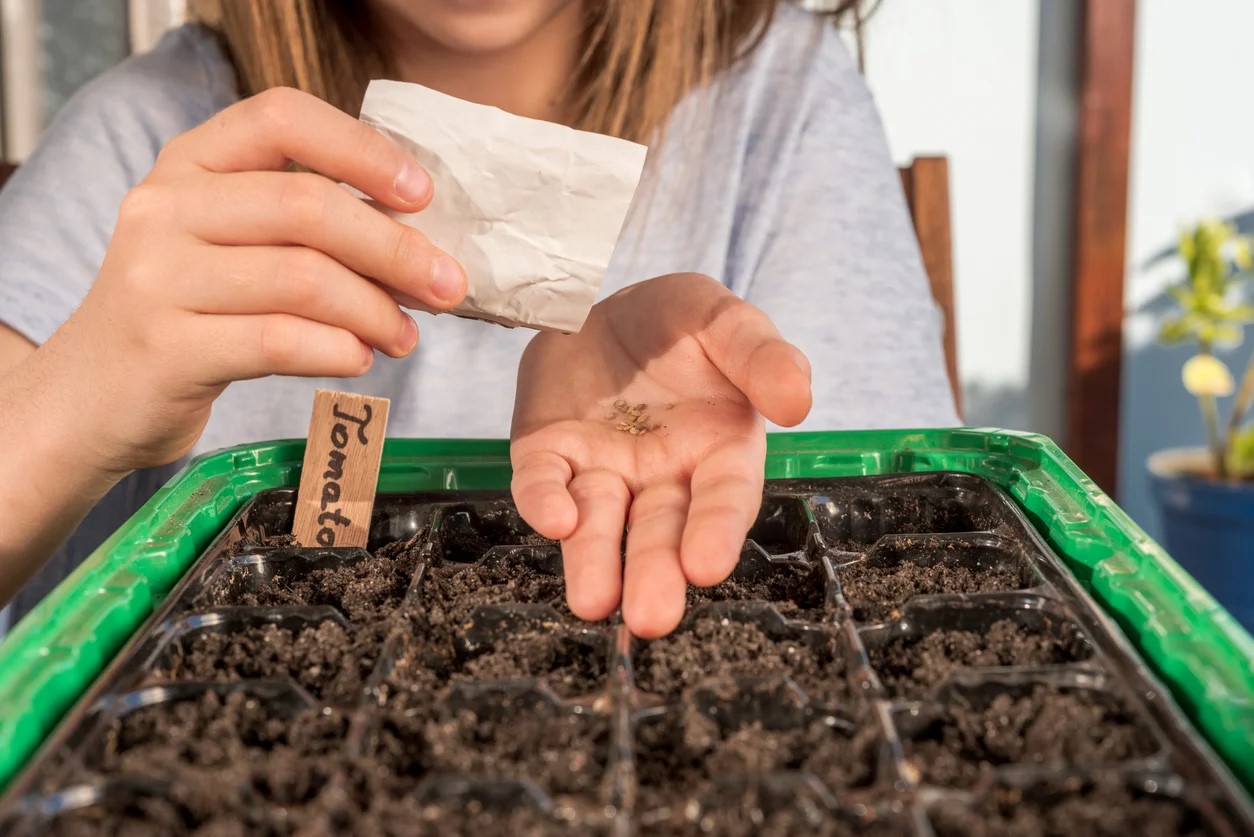
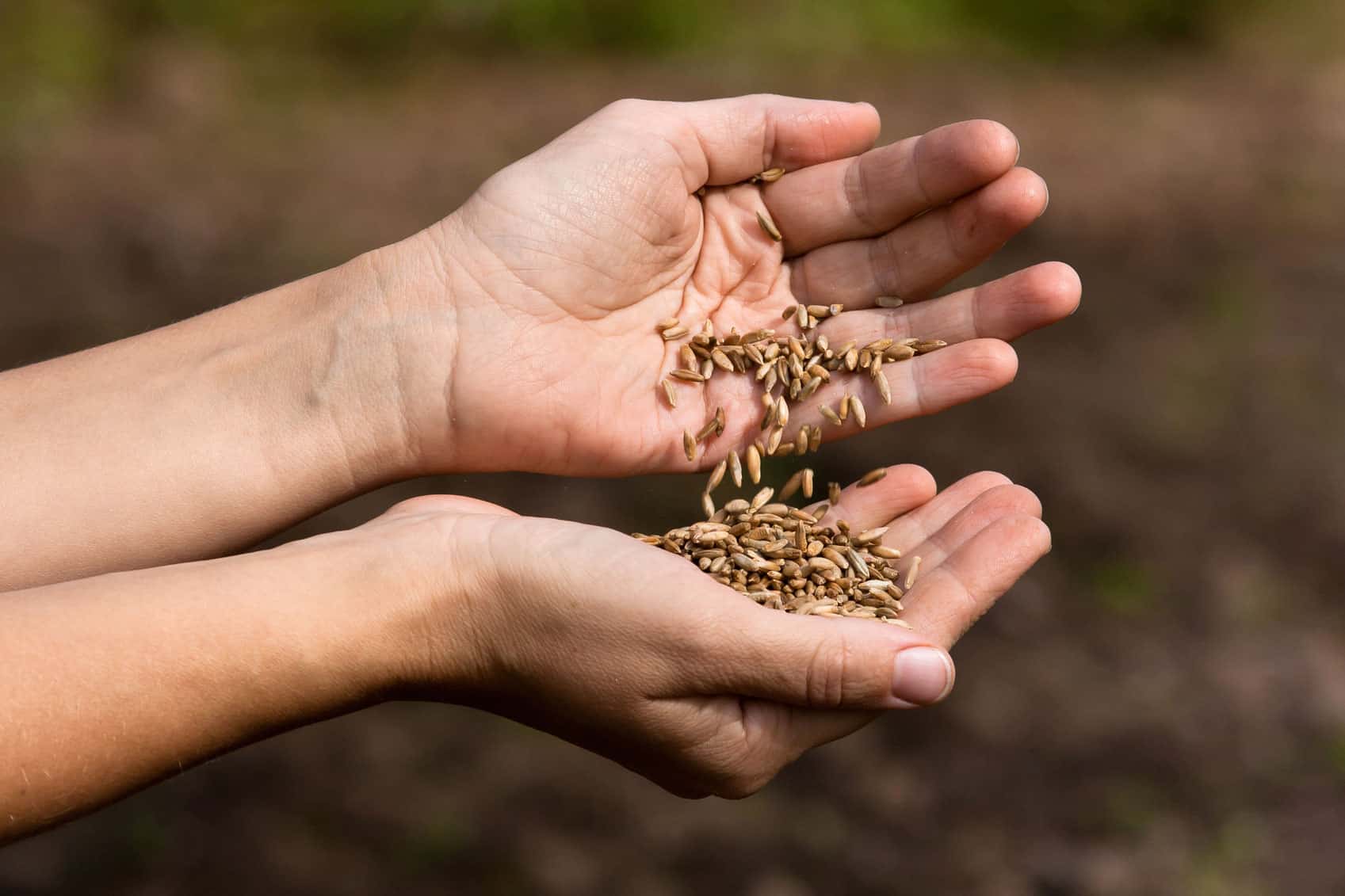
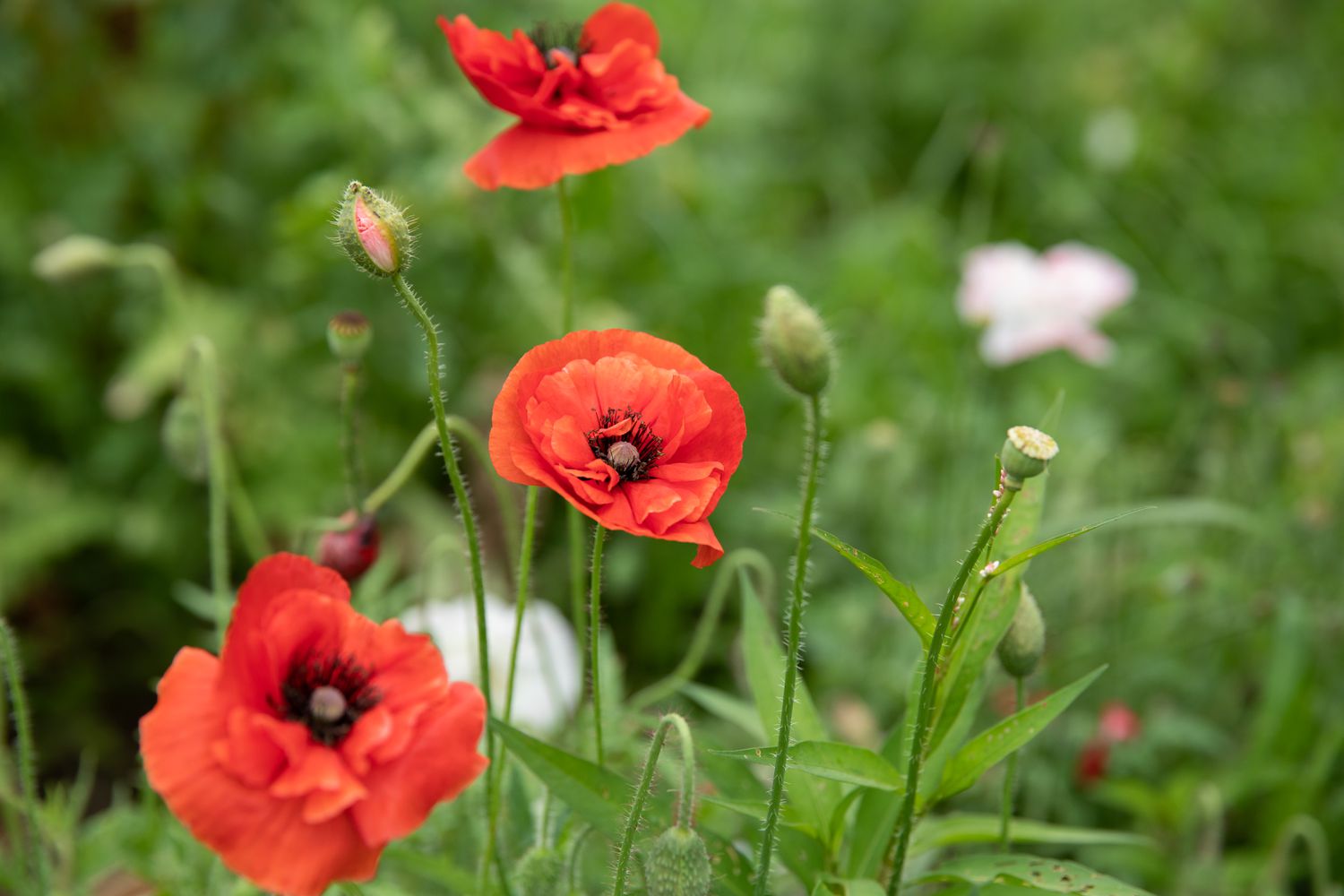
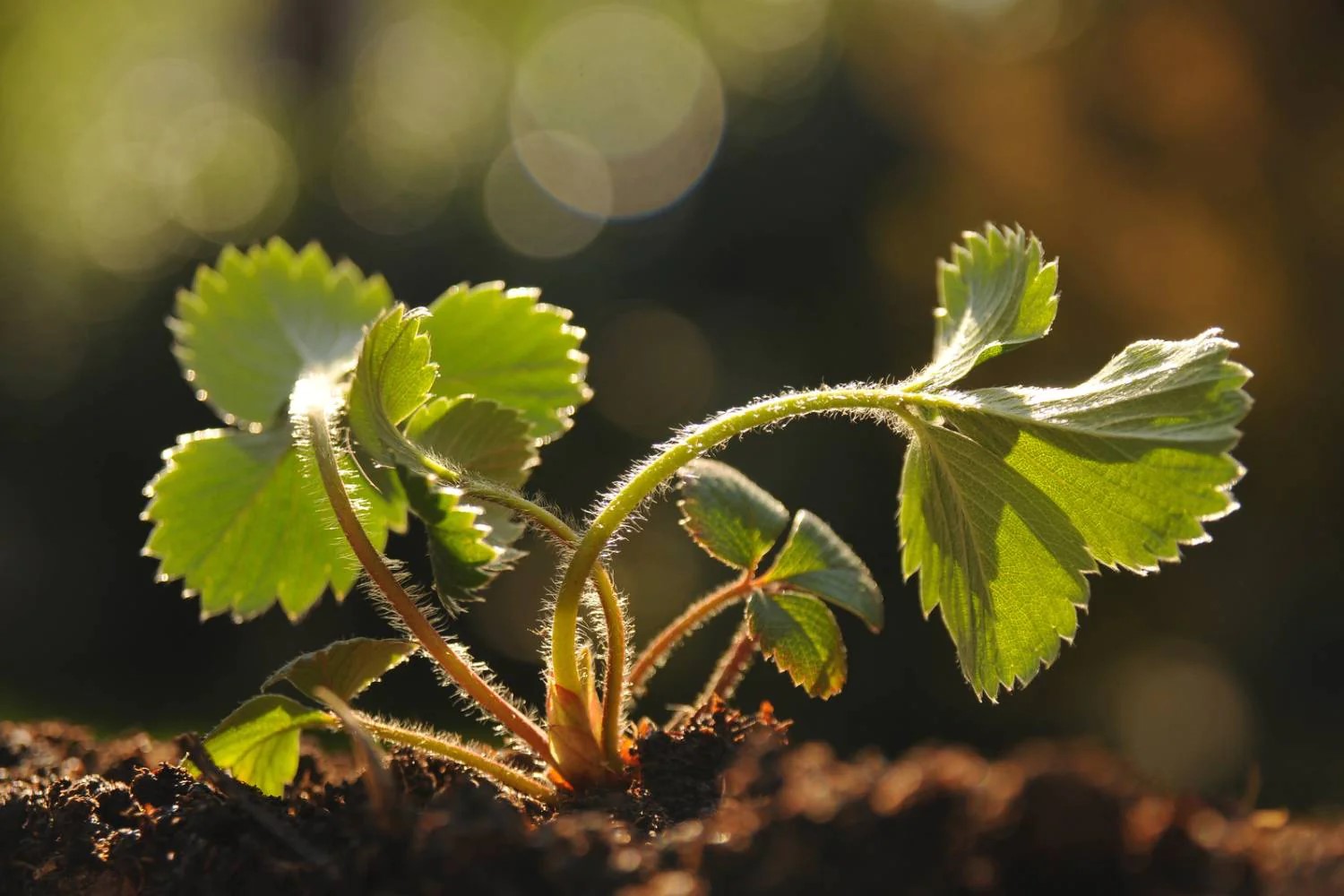
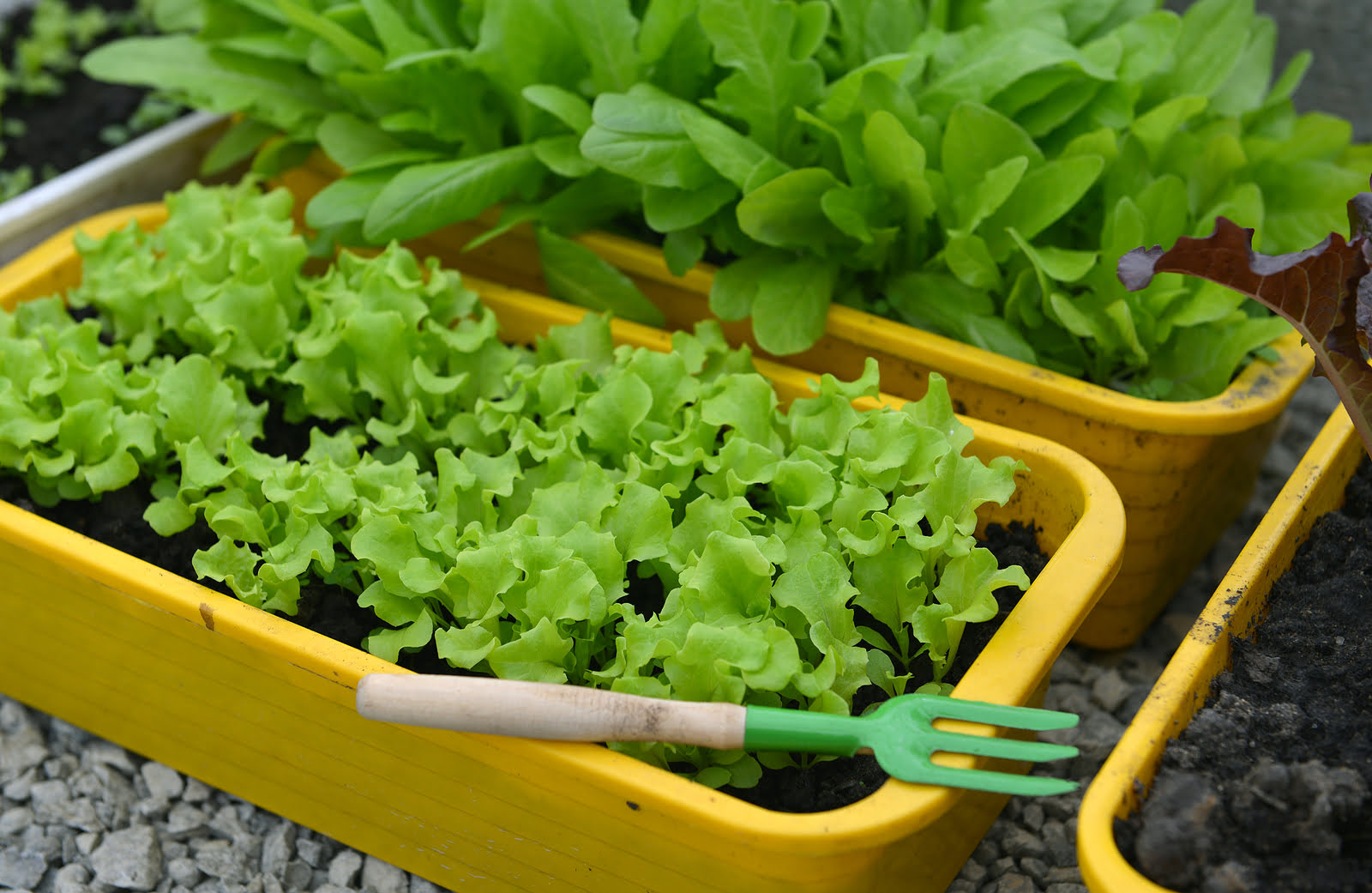
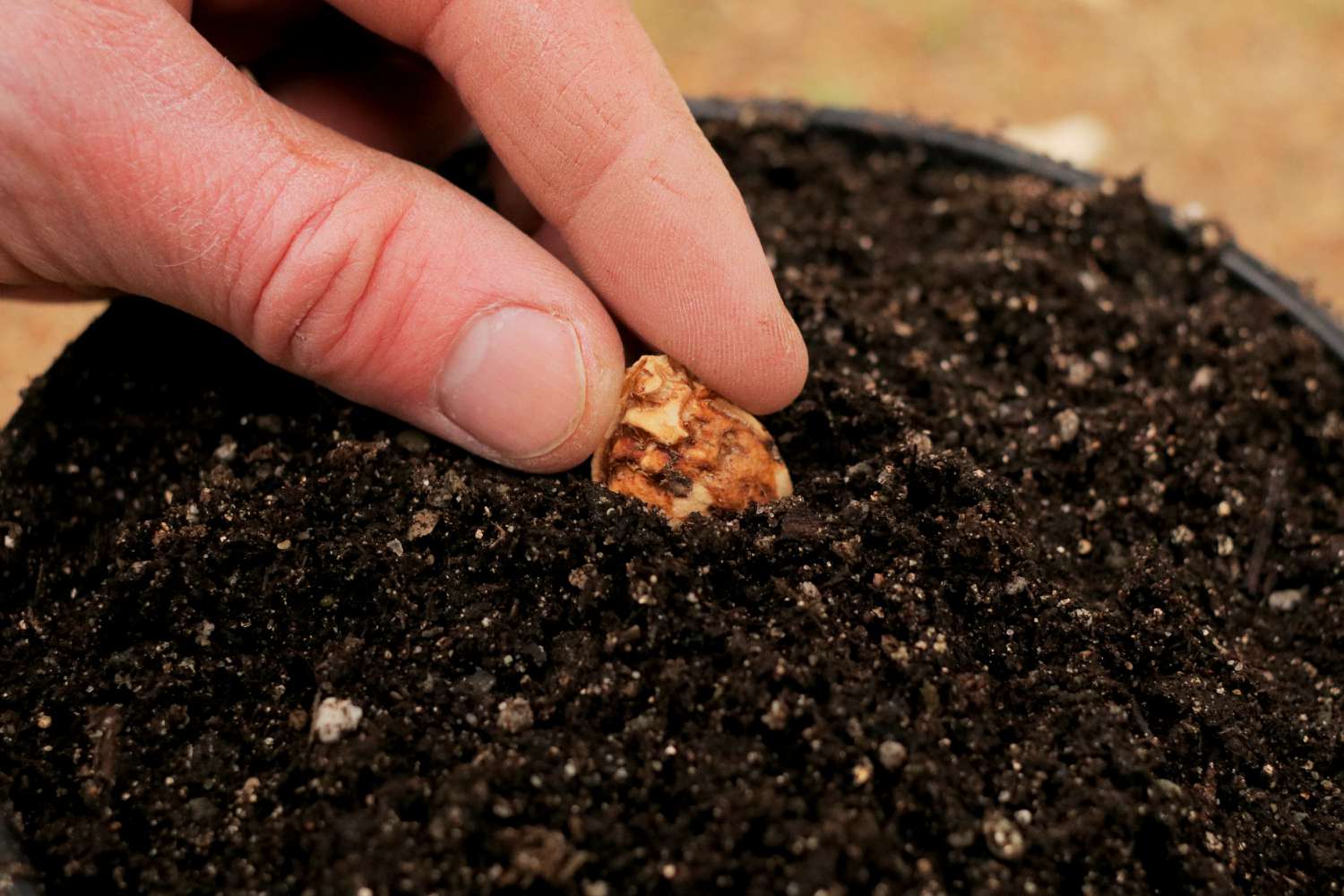
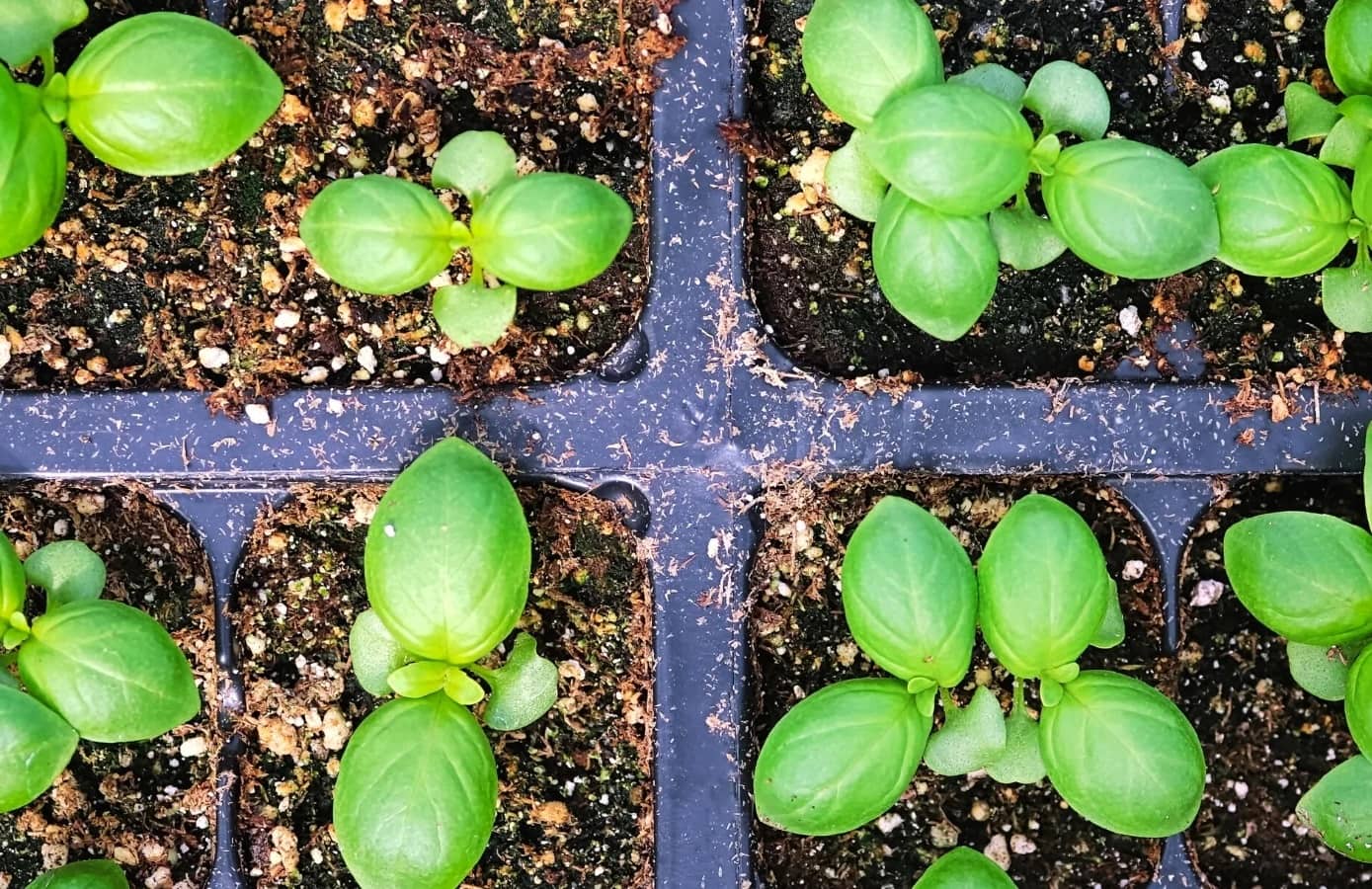
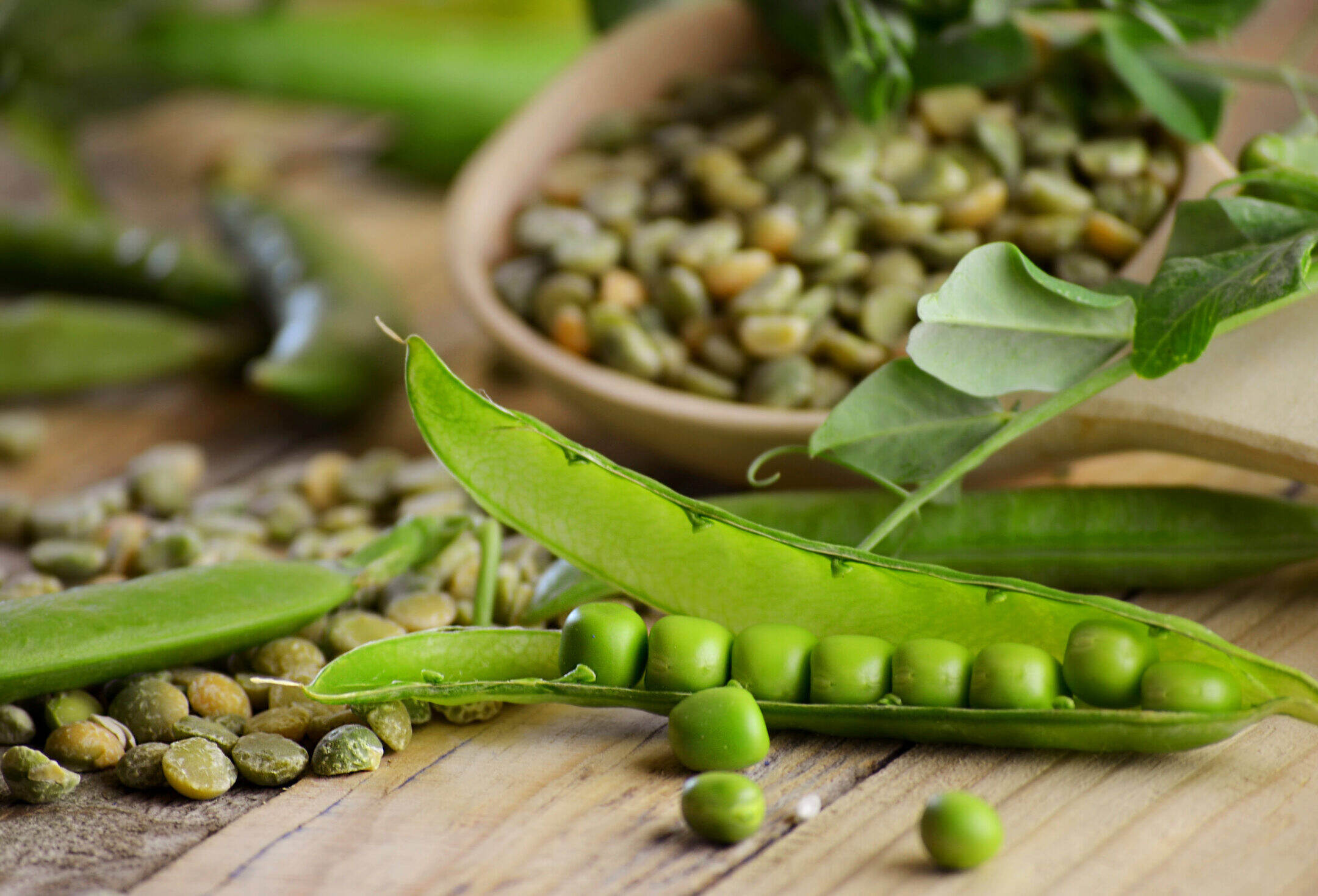
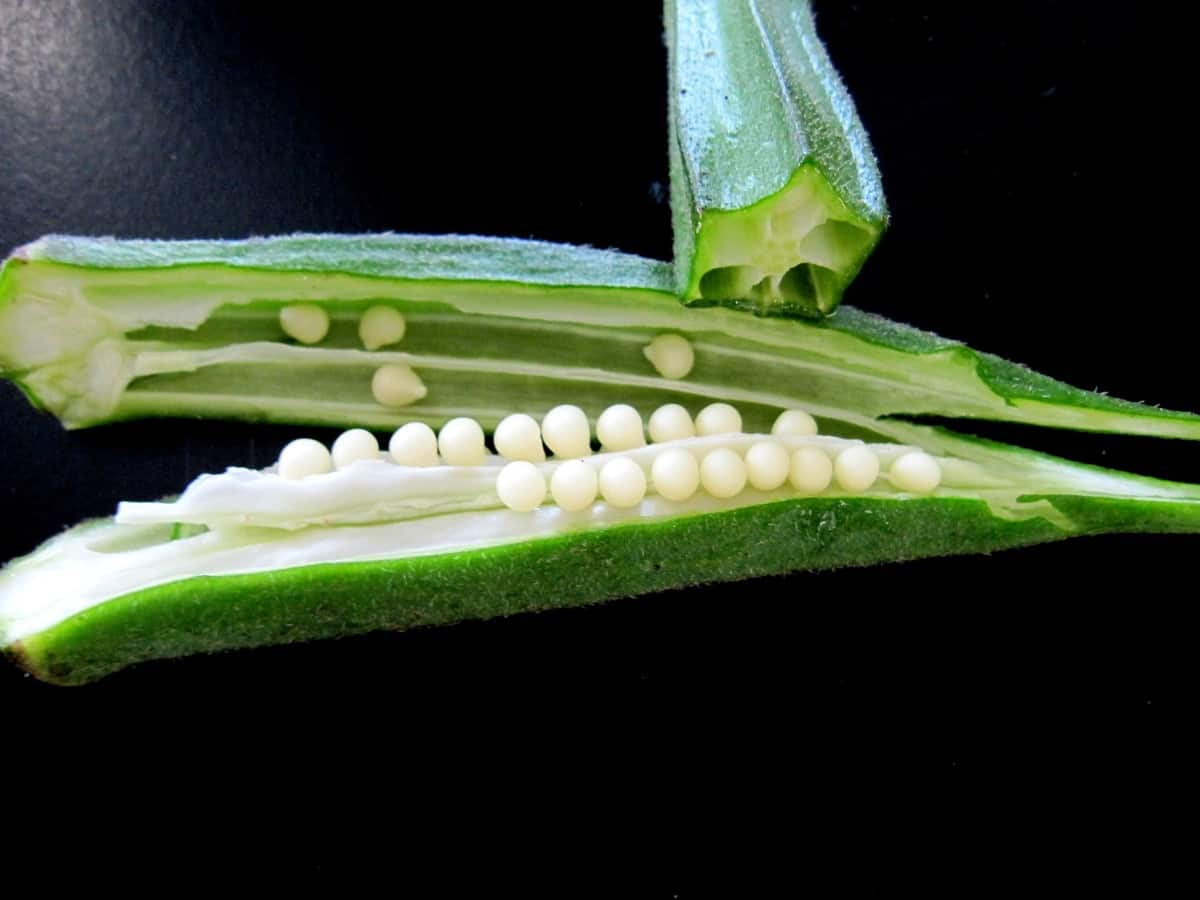
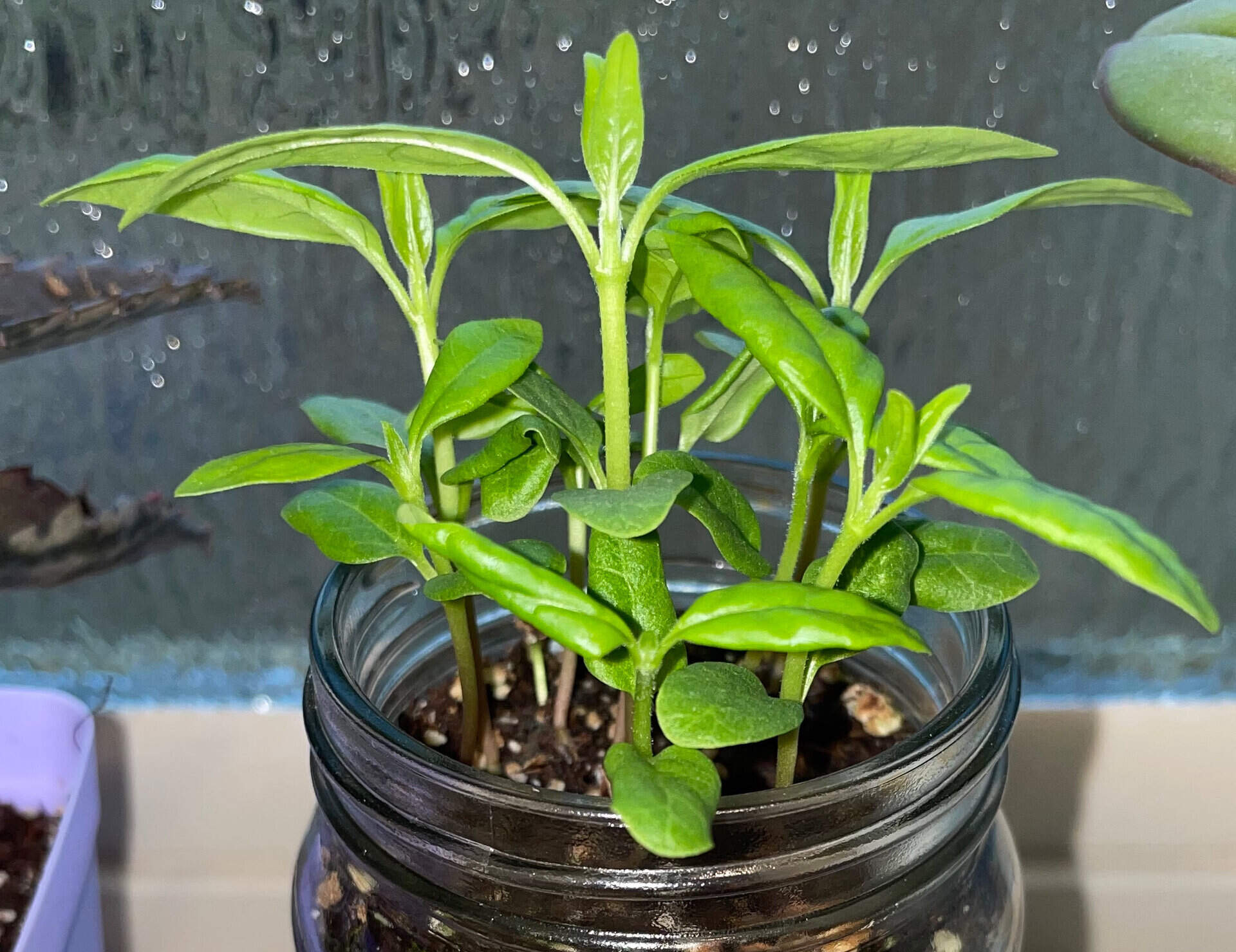

0 thoughts on “How To Plant Sweet Peas From Seeds”